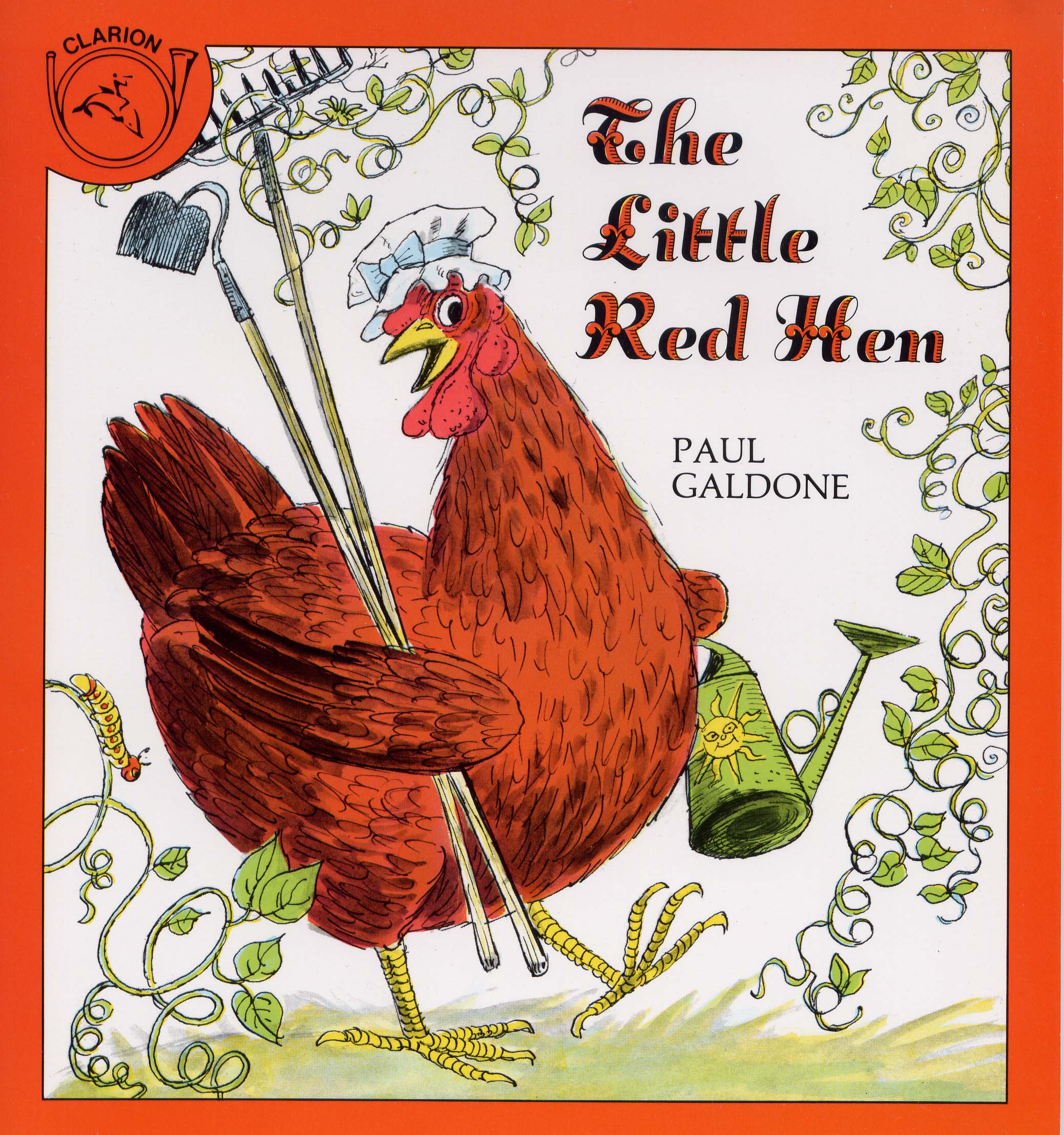Did you read the very nice article about the Martinez Beavers on KQED science blog yesterday? I’ll give you a taste and then you must go read it yourself so they know exactly how many people are interested in this story. Promise?
I talked with Mark Ross from the Martinez City Council. “The beaver turmoil calmed down long ago. Where else can you see beavers within fifteen yards of parking meters?” Ross relayed that, “Flow devices to control the height of the beaver pond are vital to their success, allowing beavers to flourish in an urban area while helping to keep the dam at manageable levels.” He went on, “Beavers are the best ambassadors for Martinez since John Muir, who also made his home here. People come to look for them.”
Ahh, isn’t that nice? Go read the rest where the flow device, Worth A Dam, and Beaver Festival are mentioned. And if you, like me, are having flashbacks reading this quote to a certain childhood story of a petite crimson barnyard fowl – just stop it. What’s good for beavers is good. Period.

More good things from the Trout Unlimited Blog where John Zablocki takes on the beaver dam – trout conundrum. He doesn’t actually come out and say that the controversy is bunk and beavers are good news for trout, but he comes pretty dam close!
Beaver Ponds… Does a River Really Flow Through It?
Should these dams be considered barriers and removed in order to reconnect streams? Strong opinions can be found on either side, but the question remains open. Nevertheless, there is a growing awareness among fisheries scientists and restoration ecologists that beavers and their dams may be allies in the effort to restore North America’s streams and armor them against climate change. Beavers can help regenerate floodplains, enhance water storage, and create refugia for trout threatened by wildfire. On the other hand, they accomplish this by creating dams, which have the potential to act as barriers.But do beaver dams really function as barriers to trout?
A group of researchers from the U.S. Forest Service and Utah State University decided to bring science to bear on this question. They studied two Northern Utah streams containing native Bonneville Cutthroat Trout populations along with non-native Brook Trout and Brown Trout. The researchers captured 1,357 trout over several years and implanted them with Passive Integrated Transponder tags. They then tracked the movements of the fish at different times of the year to determine the extent that fish were migrating past beaver dams. Their findings, recently published in the Transactions of the American Fisheries Society show that trout are quite capable of passing beaver dams, at least in the systems they studied. In fact, they observed 481 passes through the 21 beaver dams they monitored.
Go read the rest of this smart article and like it on facebook so they are rewarded for their good thinking! Remember that fish voices are very much louder than beaver voices, so any vote of faith from them counts double.
At least.











































